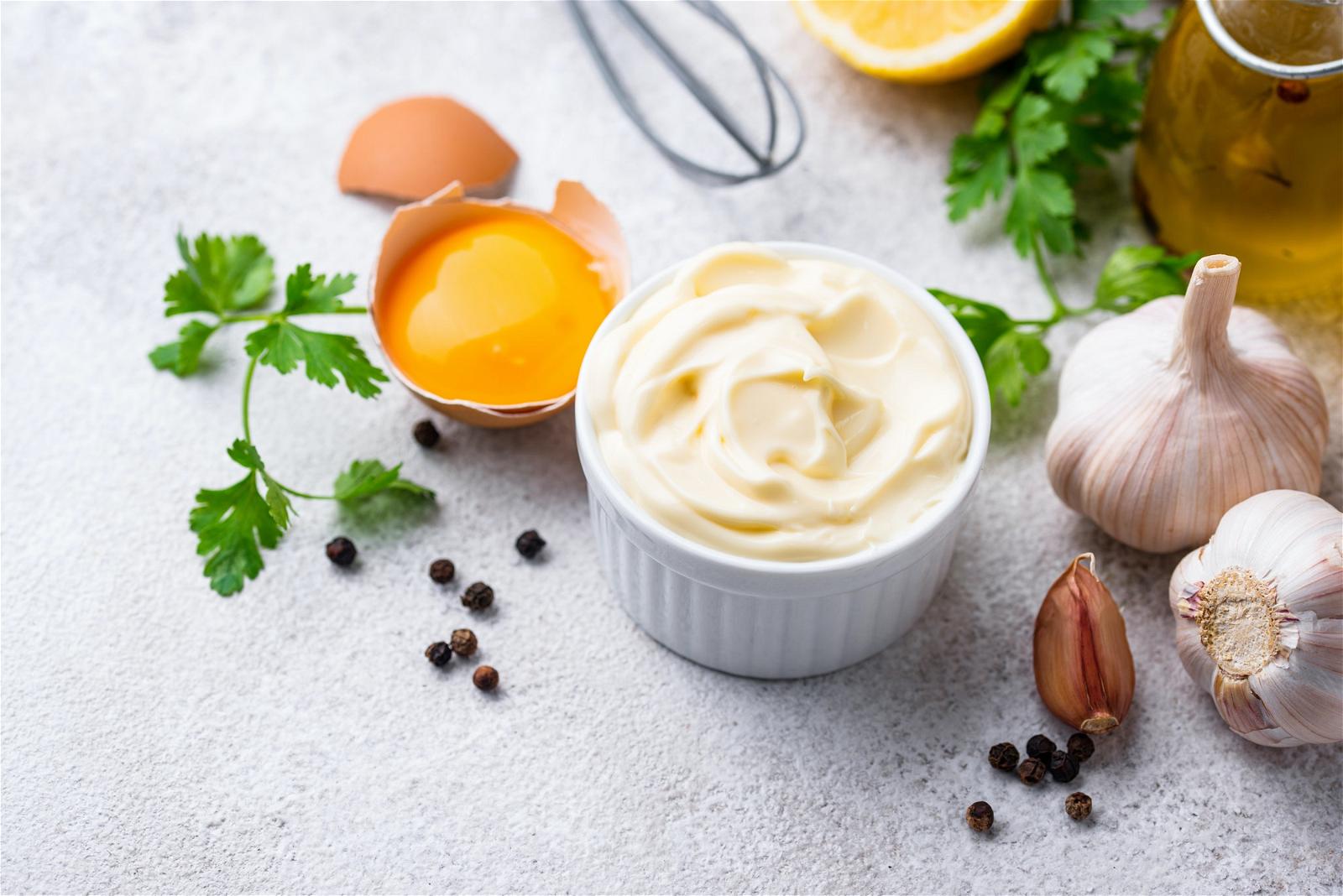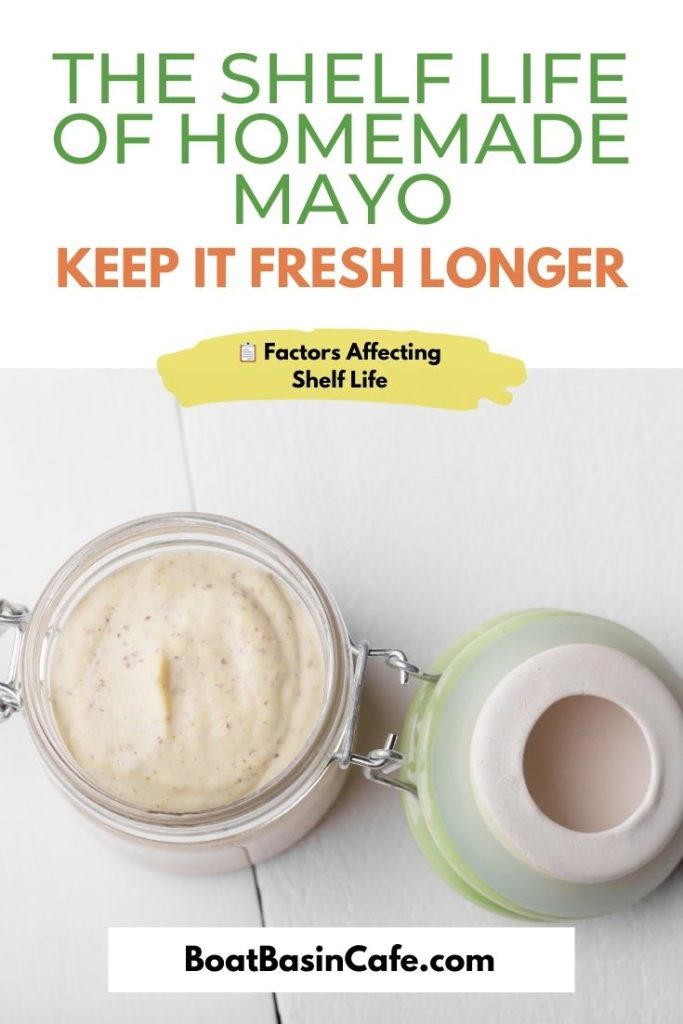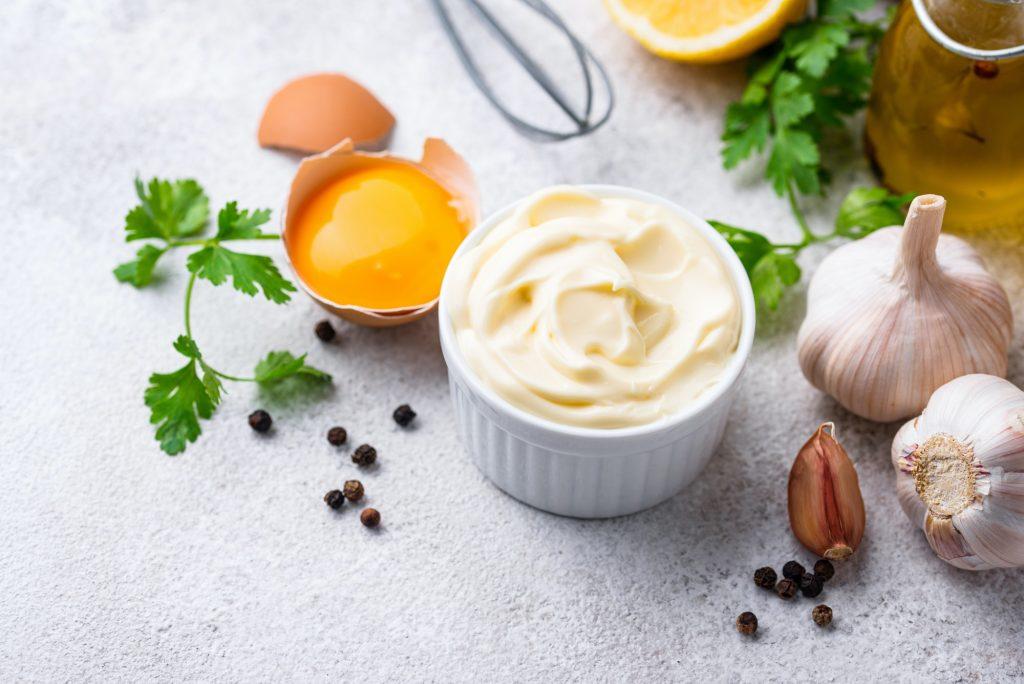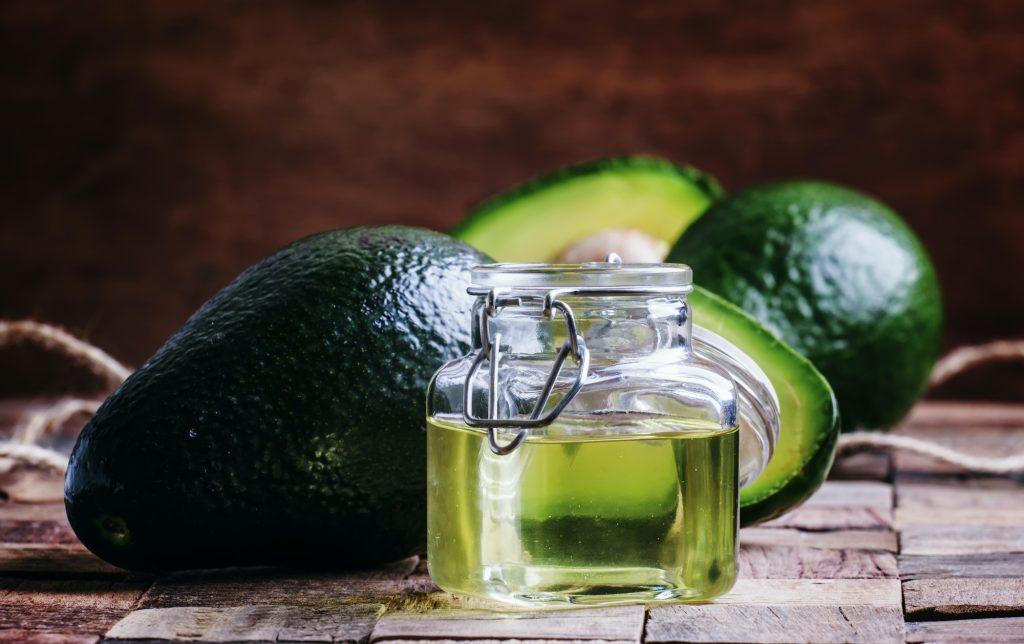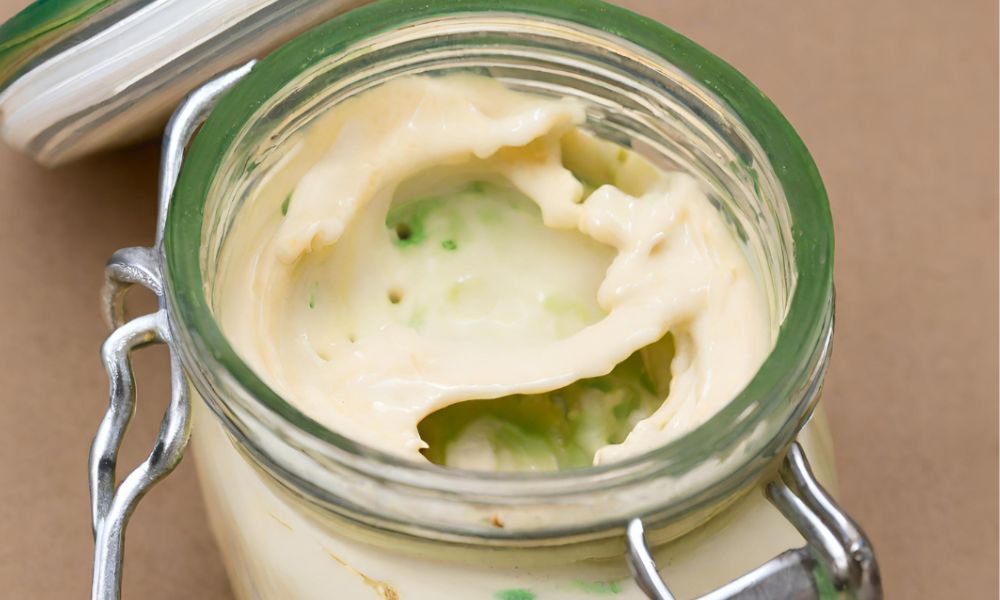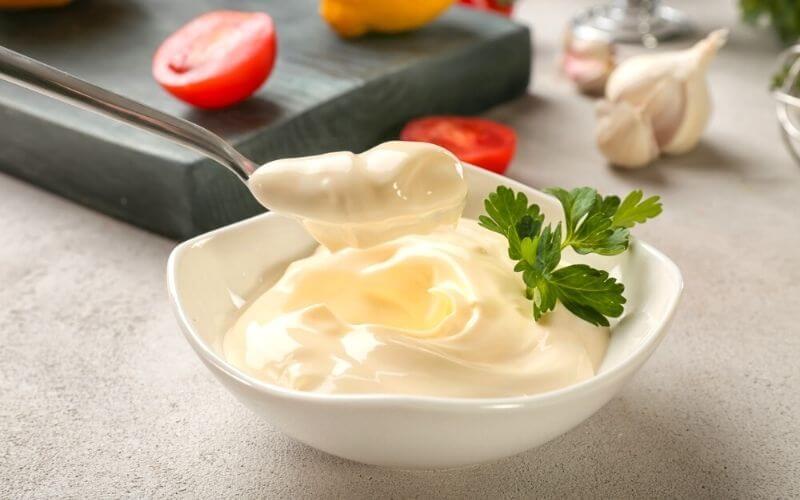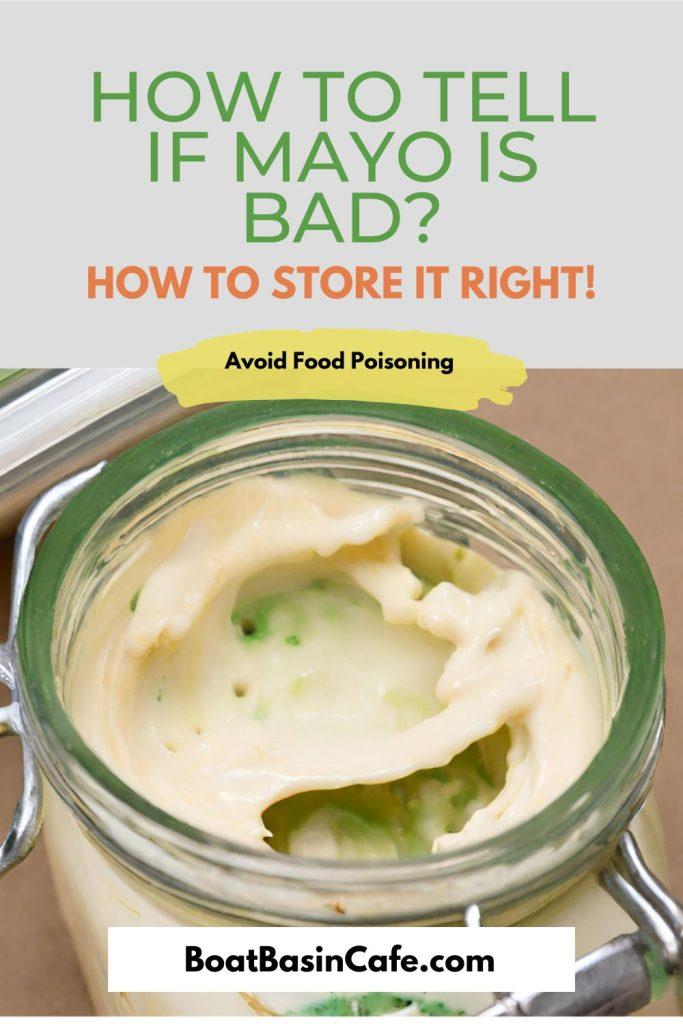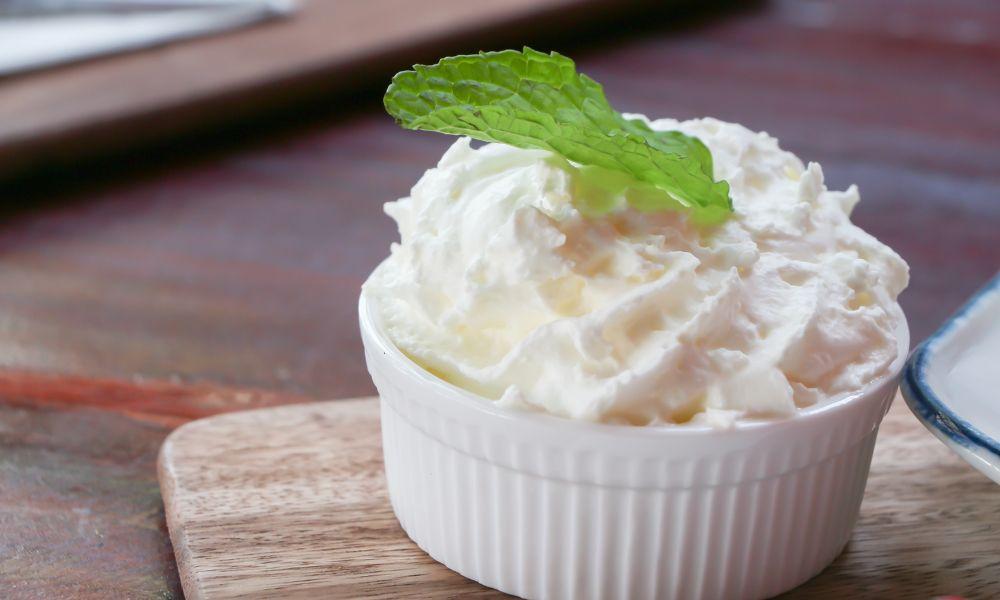Mayo in coffee: a breakfast game-changer or gut-wrenching trend? While this viral hack offers a creamy texture and potential health benefits, proceed with caution.
Key takeaways:
- Mayo adds smoothness and fat-based energy similar to butter coffee.
- Potential downsides: high fat, digestive discomfort, and masking coffee flavor.
- Enjoy occasionally for a taste adventure, not daily consumption.
- Explore beyond basic brews: use mayo in chilled drinks, desserts, and baked goods.
- Start small, adjust flavors, and choose high-quality mayo.
Remember: moderation is key, and not everyone’s taste buds will agree!
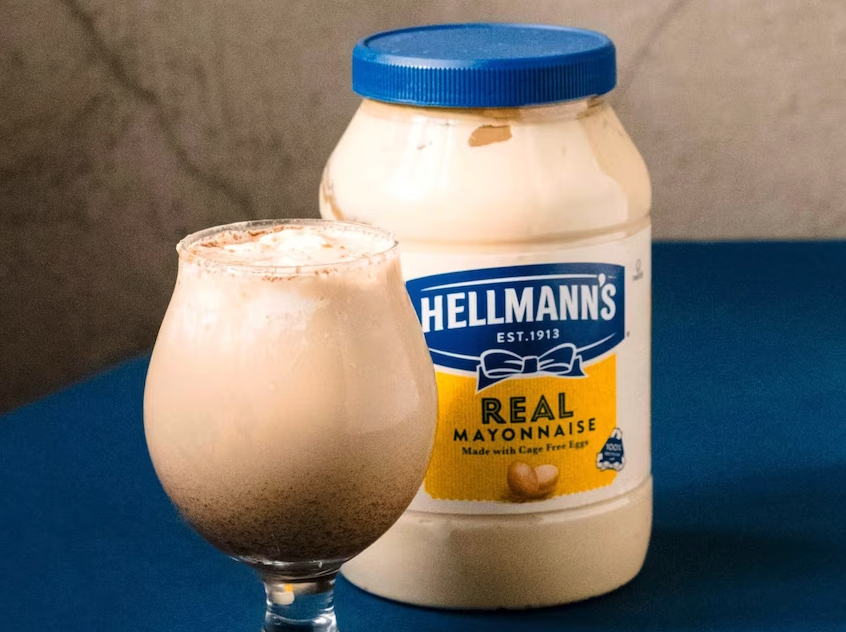
☕️ Is Mayo the New Coffee Creamer?
Creative TikTokers and Instagram foodies are stirring spoonfuls of Hellmann’s mayonnaise into hot coffee drinks in viral videos demonstrating adventurous mayo café beverage recipes. Some brave home baristas add eggy mayo for smooth texture, while pro athletes like quarterback Will Levis power up with these creamer cocktails.
But before grabbing a dollop of mayo like Miracle Whip to spike your breakfast brew, know that this unconventional hack has downsides.
Beyond Bulletproof: Why Mayo?
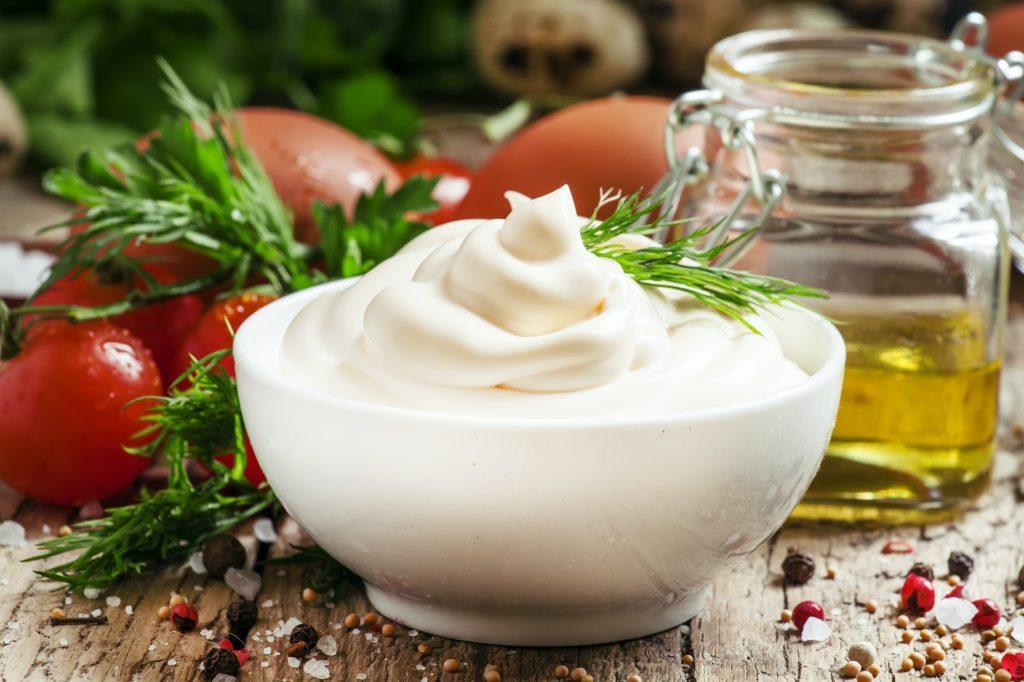
Beyond butter or nut milk-based bulletproof styles, adding mayonnaise to coffee offers another way to emulate creamy texture. Commercial brands like Hellmann’s contain egg yolks and oil emulsified into a smooth liquid with lecithin. This helps replicate half-and-half’s mouthfeel without dairy.
The concept also has historical precedent – with wartime scarcity, innovative WWII soldiers sometimes stirred leftover mayo packets into coffee rations when fresh cream wasn’t available. This hack now resurfaces as social media foodies recreate vintage military recipes.
Today’s adventurous coffee drinkers seek out new taste experiences through unexpected ingredients. And like fat-rich butter, mayo lattes offer parallel nutritional perks. The high vitamin content provides health benefits if you can get past the eggy flavor in your cup!
Flavor Fusion: What Does It Taste Like?
Not all mayos complement coffee equally – lemon vs olive oil types offer different tasting notes when swirled into brews. Fruit-flavored varieties like Miracle Whip provide a sweet-citrusy spark, while egg-forward Hellmann’s brings richer umami.
When finding your perfect mayo-coffee recipe, start subtly then increase the spoonful until the preferred creaminess and flavor balance are achieved. We suggest quality artisan brands.
| Mayo Variety | Best With |
|---|---|
| Lemon | Light roasts |
| Maple | Cappuccinos |
| Sriracha | Iced coffees |
| Chipotle Ranch | Mochas |
This unexpected breakfast beverage encourages taste bud adventure beyond daily granulated sugar and cream! But restrain the ratio – a little mayo makes café au lait intriguing versus egg-overwhelmed.
🌿Health Buzz: Is It Good For You?
Despite potential antioxidant vitamin benefits, nutrition experts like registered dieticians generally advise limiting mayo coffee consumption habits.
Potential Downsides to Consider:
- High-fat content from egg and oil can pose artery health issues if consumed in excess.
- Regularly adding a dense, acidic emulsion could lead to digestive discomfort over time.
- While the novelty might be tempting for brave foodies, exercising restraint is wise.
However, incorporating mayo’s nutritional perks into an occasional morning coffee provides benefits similar to those of butter-blended drinks, but only if consumed in moderation.
If intake is limited to a few times per week, the potential antioxidant properties of oils and eggs could outweigh the cons. However, as the Mayo Clinic points out, more research is needed on the long-term impacts.
The Bottom Line: Enjoy mayo coffee as a random taste adventure, not a daily dietary routine. Be mindful of your consumption alongside your overall eating patterns for optimal wellness.
Beyond Black Coffee: Mayo’s Dessert Debut?
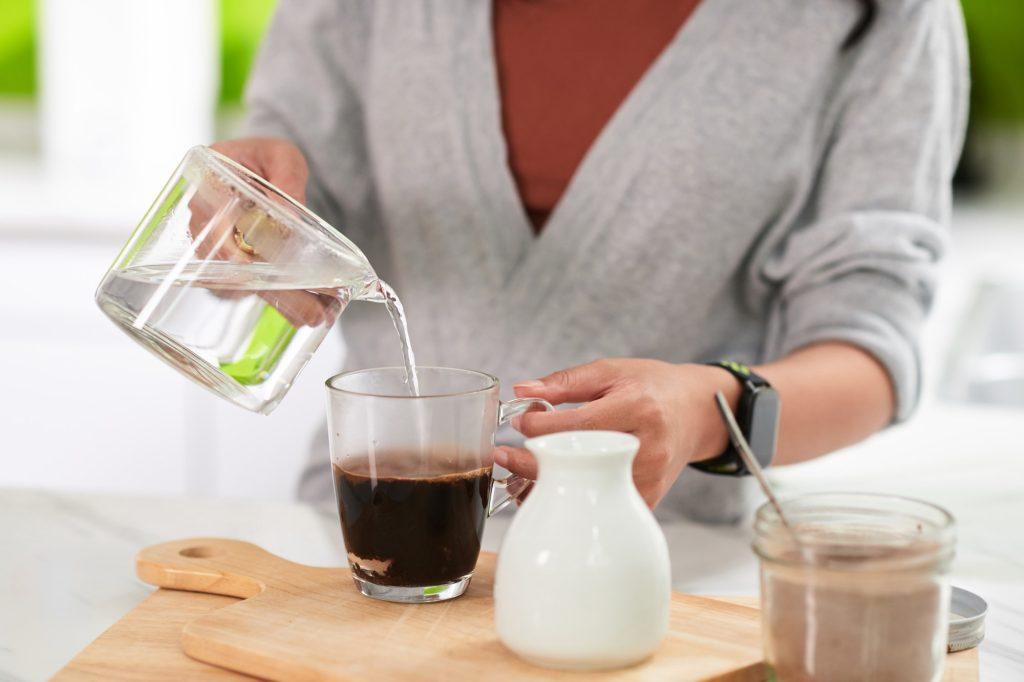
The mayo coffee trend doesn’t stop at altering your basic morning brew! Creative baristas are experimenting by blending silky mayo into chilled coffee beverages and shakes too.
| Category | Description |
|---|---|
| In Chilled Beverages | Lemon or chipotle mayo in cold foam for iced drinks like salted caramel lattes. Maple or sriracha mayo in frozen mochas and matcha coffee freezes. |
| In Sweets and Baked Goods | Espresso tiramisu with mayo-enriched mascarpone filling and coffee-soaked ladyfingers. Chocolate mayo cupcakes with mocha buttercream frosting. |
| Role of Mayo | Provides unexpected airflow and moisture due to its emulsifying qualities. Encourages creative culinary explorations with everyday pantry items. |
Stirring a tablespoon of lemon or chipotle mayo into cold foam tops off refreshing iced drinks like salted caramel lattes with a savory twist. Blending maple or sriracha mayo varieties into creamy frozen blended mochas and matcha coffee freezes heightens both texture and intrigue.
Equally daring pastry chefs also incorporate mayo into coffee-centric sweets and baked goods now as well. Think fluffy espresso tiramisu made with mayo-enriched mascarpone filling and ladyfingers soaked in brewed coffee. Or rich chocolate mayo cupcakes paired with silky mocha buttercream frosting.
While mayo likely won’t replace classic milk, cream or butter in most coffee dessert recipes yet, its emulsifying qualities provide an unexpected airflow and moisture. This cheese spread-turned-ingredient pushes creative boundaries for foodies seeking to reinvent all types of dishes and drinks with everyday pantry items.
Mayo Masterclass: Tips for the Brave! ☕️
- Start with a small amount: Whisk just 1/2 teaspoon of Hellmann’s mayo into a small espresso or mug of rich cold brew coffee concentrate.
- Adjust the recipe: Slowly fine-tune by adding cinnamon or savory spices like cumin to suit your taste.
- Give it time: Allow your tastebuds to get used to this unique beverage trend.
- Moderation is key: A small drizzle is enough to mimic light sweet cream without dominating the coffee’s flavor with egg and oil.
- Choose wisely: Opt for high-quality mayo that’s not too vinegary to enhance your brew.
- Experiment further: Once you’re accustomed, try frothing or shaking it over ice for additional variations.
💁🏻♂️You may also like: How to tell if mayo is bad?
More Than a Trend…
Unlikely food mash-ups like mayo coffee highlight expanding perspectives on consumption. Swapping this savory emulsified condiment associated with sandwiches into traditionally sweet, creamy coffee drinks challenges assumptions. It sparks curiosity, inspiring us to rethink staple ingredients in adventurous new ways.
Whether you find it intriguing or repulsive, melding the familiar into the unexpected gets people chatting! Some trends fade fast, but mayo coffee represents creative energy rippling through food culture. It shows how everyday pantry items can become novel — and sometimes even delicious — when blended in unconventional combinations guided by imagination.
FAQs
Why does quarterback Levis put mayo in coffee?
Kentucky Wildcats quarterback Will Levis went viral after sharing his habit of blending a spoonful of mayo into his daily coffee. As one of the breakout stars of college football, fans were curious what fuels his 6’3″ 230lb frame. Levis swears the extra fat and texture helps power him through intense workouts and lengthy playbook studies.
Who drinks mayo in their coffee?
While Levis shone a mainstream spotlight on the concept, he didn’t originate it. Foodies report military veterans previously experimented with mayo coffee while serving abroad. With limited supplies, the pantry staple resembled creamer. Beyond soldiers and athletes, daring home baristas plus niche cafes now also demonstrate mayo lattes on TikTok and Instagram.
Does mayo in coffee taste good?
Opinions drastically differ on whether mayo coffee tastes good depending on personal preference! Some fans praise the silky mouthfeel and savory richness balancing bitterness. However, skeptics liken the egg flavor to spoiled food and the oily residue to stomach-churning. Start with just 1⁄4 tsp servings to determine which camp your taste buds fall in!
